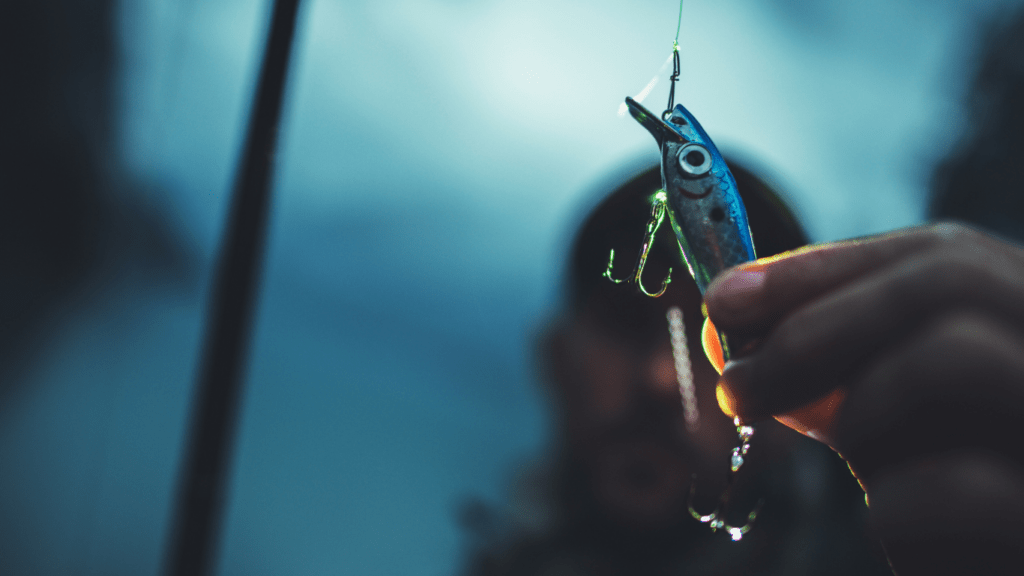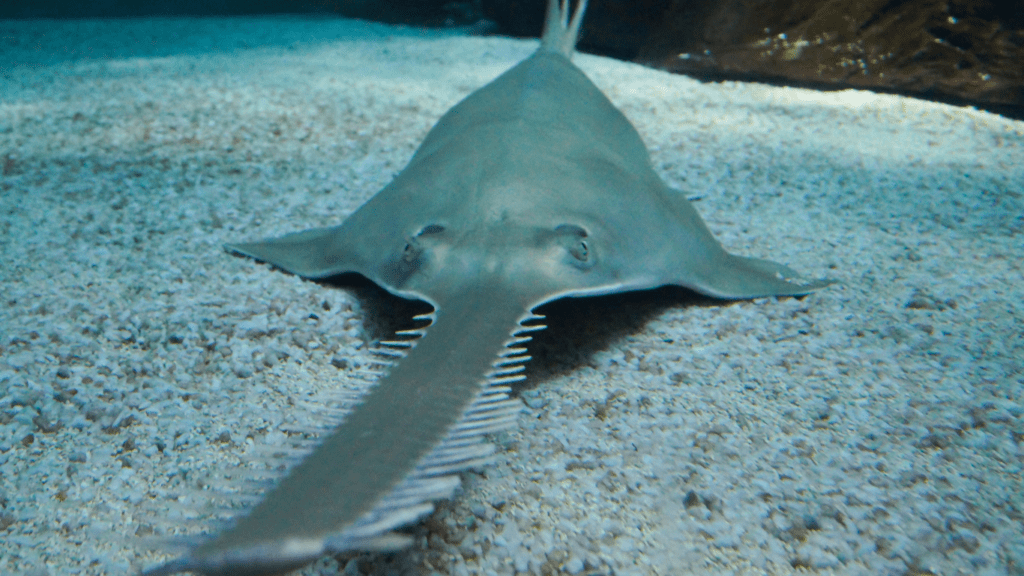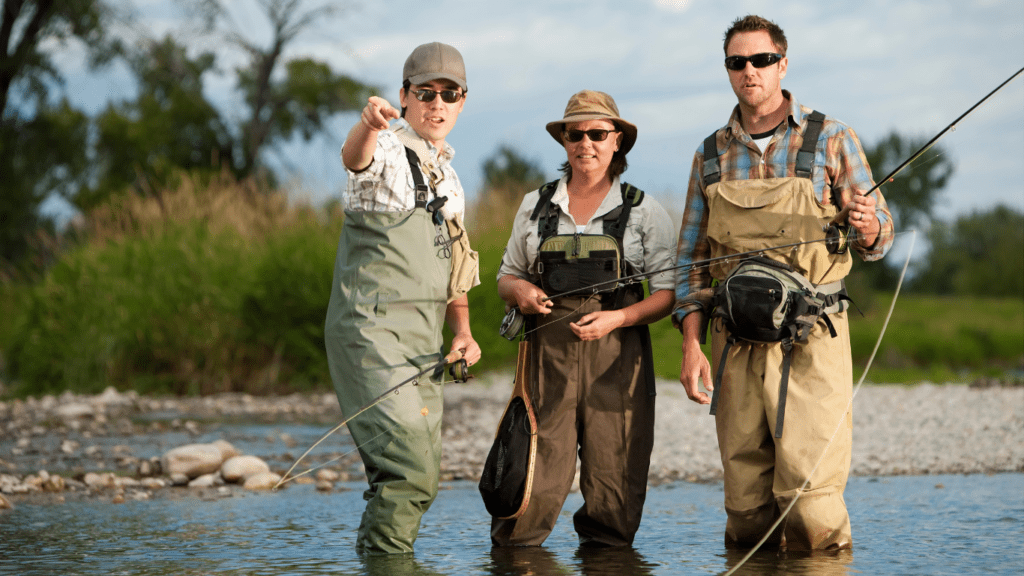Fishing has always been more than just a pastime for me—it’s a way to connect with nature. But over the years, I’ve realized how much our choices, even something as small as bait, can impact the delicate balance of aquatic ecosystems. The wrong decisions can harm marine life and disrupt habitats, leaving lasting consequences.
Understanding Sustainable Bait Choices
Choosing sustainable bait safeguards marine ecosystems and supports healthier fish populations. It involves careful consideration of the environmental impact of each choice.
What Are Sustainable Baits?
Sustainable baits minimize harm to the environment while supporting responsible fishing practices. Examples include farmed baitfish bred in controlled ecosystems and artificial lures crafted from eco-friendly materials. These options reduce overharvesting of wild bait species and preserve ecological balance. Selecting bait with minimal bycatch risk further ensures responsible use of aquatic resources.
Importance of Responsible Sourcing
Responsible sourcing verifies that bait is acquired in ways that don’t harm biodiversity. For instance, certified sustainable suppliers follow guidelines to protect endangered species and maintain ecosystem health. This approach prevents habitat destruction and supports long-term viability for fisheries. Checking labels or sourcing information ensures the bait aligns with conservation standards and ethical practices.
Environmental Impact of Traditional Bait Practices
Traditional bait practices often contribute to ecological degradation. Unsustainable sourcing and usage can disrupt ecosystems and harm marine biodiversity.
Overharvesting and Habitat Destruction
Excessive harvesting of baitfish significantly depletes local fish populations. For instance, removing species like anchovies or sardines in large quantities diminishes their breeding potential, leading to population declines. Habitat destruction occurs when practices like dredging or seining are employed, damaging sensitive environments such as seagrass beds and coral reefs. These habitats support vital aquatic species, and their loss disrupts ecological balance.
Effects on Aquatic Food Chains
- Unregulated bait harvesting alters aquatic food chains by removing key prey species.
- Baitfish, including shad and menhaden, play critical roles in sustaining predator populations like larger fish and birds.
- Overfishing them reduces resource availability, triggering cascading effects throughout the ecosystem.
- Growing reliance on non-native bait risks introducing invasive species, which can outcompete local organisms and imbalance native food webs.
Benefits of Sustainable Bait Choices

Sustainable bait choices positively impact the environment and fishing sustainability. They help maintain ecological balance and protect vital aquatic habitats.
Preserving Marine Life
Using sustainable bait helps conserve marine life by minimizing harm. Farmed baitfish and biodegradable lures reduce overharvesting of wild populations such as anchovies and sardines. This practice prevents critical food sources from being depleted, protecting species that rely on these organisms for survival. Additionally, eco-friendly bait alternatives lower the risk of disrupting food chains and preserve marine biodiversity.
Supporting Local Ecosystems
Sustainable bait supports local ecosystems by reducing habitat destruction. Overharvesting traditional baitfish can damage environments like seagrass beds and coral reefs. Responsibly sourced options ensure that fishing activities don’t negatively affect these sensitive regions. I also advocate for using bait that aligns with conservation guidelines to avoid introducing invasive species, which helps maintain local ecological stability.
Key Factors in Choosing Sustainable Baits
Selecting sustainable baits ensures responsible sourcing and minimizes the environmental impact of fishing. Understanding key factors like origin, material, and balance between cost and ecological benefits helps make informed decisions.
Knowing the Source
- Understanding the origin of bait is critical for sustainability.
- Always research whether bait is locally sourced or farmed sustainably to prevent overharvesting.
- Wild-caught bait, such as anchovies or sardines, can harm ecosystems if taken in large quantities.
- Checking certifications and supplier transparency ensures ethical and environmentally responsible sourcing.
- Labels indicating “sustainably harvested” or adherence to conservation standards guide my choices.
Opting for Eco-Friendly Alternatives
Eco-friendly bait options significantly reduce environmental harm. I consistently consider alternatives like farmed baitfish or plant-based lures, which eliminate pressure on wild populations. Biodegradable lures, for example, decompose without polluting waterways. Artificial baits designed from sustainable materials provide versatile, reusable options, maintaining fishing quality while reducing ecological damage.
Balancing Cost and Environmental Benefits
Weighing affordability against environmental impact ensures practical yet eco-conscious bait choices. While sustainable options like biodegradable lures may initially cost more, they offer durability and reduced ecological footprints over time. I prioritize long-term benefits because maintaining aquatic health often offsets higher upfront expenses. Selecting cost-effective but environmentally sound options balances my budget with conservation goals.
Top Recommendations for Sustainable Bait Options
Sustainable bait options contribute to preserving ecosystems while enhancing fishing experiences. Choosing natural, farmed, or biodegradable alternatives reduces environmental impacts and supports responsible fishing practices.
Natural and Biodegradable Options
Natural and biodegradable bait options minimize environmental harm. Biodegradable lures, made from non-toxic materials, decompose without polluting water. These lures reduce plastic waste and the risks associated with lost or discarded gear. For example, products like biodegradable soft baits derived from plant-based polymers offer functionality while protecting ecosystems.
Natural bait alternatives also include insects or plant-based substances, like bread or corn. These options lessen dependence on wild baitfish populations, mitigating overharvesting and conserving aquatic ecosystems. Choosing biodegradable and natural bait aligns with conservation-focused fishing practices.
Farmed vs. Wild-Caught Baits
Farmed baitfish, such as:
- minnows
- shrimp
provide a sustainable alternative to wild-caught options. Ethical aquaculture practices ensure bait availability without depleting wild populations or disrupting ecosystems. Farmed options also minimize impacts on food chains and habitats often affected by traditional bait sourcing.
Wild-caught baitfish, while effective, frequently contribute to overharvesting and habitat degradation. If selecting wild bait, it’s essential to verify its sourcing complies with conservation guidelines. Labels confirming sustainable harvesting methods can help fishermen avoid practices that endanger marine biodiversity. Choosing farmed bait wherever feasible ensures minimal environmental impact.




